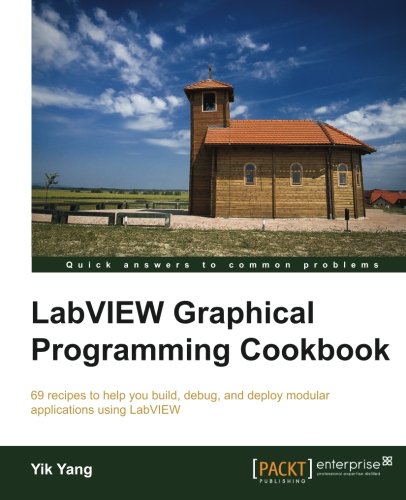

Most ebook files are in PDF format, so you can easily read them using various software such as Foxit Reader or directly on the Google Chrome browser.
Some ebook files are released by publishers in other formats such as .awz, .mobi, .epub, .fb2, etc. You may need to install specific software to read these formats on mobile/PC, such as Calibre.
Please read the tutorial at this link: https://ebookbell.com/faq
We offer FREE conversion to the popular formats you request; however, this may take some time. Therefore, right after payment, please email us, and we will try to provide the service as quickly as possible.
For some exceptional file formats or broken links (if any), please refrain from opening any disputes. Instead, email us first, and we will try to assist within a maximum of 6 hours.
EbookBell Team

5.0
110 reviewsIf you are a developer, scientist, or engineer who uses LabVIEW to test, develop and manage advanced level applications, then this is the book for you. Prerequisites include proficiency in C or C++, and workable knowledge of LabVIEW.
What You Will LearnLabVIEW is a graphical programming development environment for problem solving, accelerated productivity, and continual innovation. It integrates all the tools that engineers and scientists need to build a wide range of applications in a short amount of time. It offers unprecedented integration with existing legacy software, IP, and hardware, while capitalizing on the latest computing technologies.
LabVIEW Graphical Programming Cookbook is a concise and fast paced guide to help you gain a comprehensive understanding of the different features and programming practices in LabVIEW. All the concepts in the book are described with the help of examples. This book also shows you how to pass data using STM, in addition to helping you understand different ways to handle errors.
You will start by learning about LabVIEW settings, and then, the different features of LabVIEW using the front panel and block diagram. For the front panel, a variety of tips on creating a user interface are provided. For the block diagram, different architectures such as master slave architecture and state machine architecture are demonstrated, along with how data is passed among different sections of the code. Finally, the book shows you different ways to work with external code in DLL format and external applications.